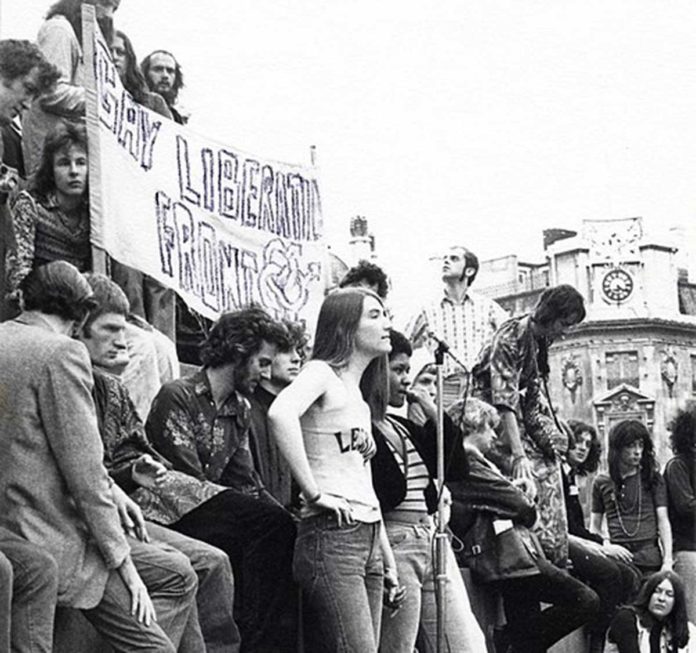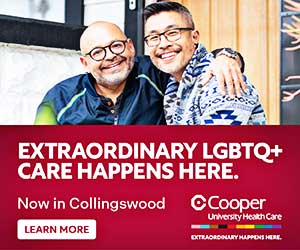With all that’s going on in the world, hopefully you haven’t forgotten that it’s Pride month. Not sure if it resonates as much considering the huge Stonewall 50 celebration last year and the various other events happening in the world right, but this year it should. In countless articles in LGBT media we’re often told that “our movement started with a riot.” That’s actually a half-truth. And I should know, because I was there that night and the nights and years that followed.
The Stonewall riots created the first sustaining LGBT movement for equality. They were not the first LGBT disturbance or demonstration. Our history before Stonewall has been, to a large extent, invisible.
There has been a movement for equality in this country since Henry Gerber chartered the our first organization, the Society for Human Rights, in Chicago in 1924. Other organizations followed. There was Harry Hay, who helped create Mattachine, and Del Martin and Phyllis Lyon who created Daughters of Billitis.
As for demonstrations and disturbances before Stonewall, there was Randy Wicker’s protesting at an Army recruitment office in 1964 and Frank Kameny protesting outside the White House in 1965. Also in 1965, at Dewey’s restaurant in Philadelphia, gender nonconforming customers created the first LGBT sit-in there to protest the restaurant’s discriminatory decision to deny them service. In San Francisco, a riot similar to Stonewall happened in 1966 at Compton’s Cafeteria. Then there were those pickets at Independence Hall every July 4th from 1965 to 1969. Each of those were singular, one-off events with the exception of the Independence Hall pickets. They did not create a grassroots community based on a diversified and inclusive sustainable movement.
The question is, then, why did Stonewall create such a movement?
The answer is simple. From the ashes of Stonewall came Gay Liberation Front. Like today’s grassroots LGBTQ movements, it was made up primarily of young people who wanted mass change from society and who wanted to be out, loud and proud. We wanted to reach out and work for social change with other communities fighting for their rights. We made sure that we continued to organize and to work towards the ideals that surfaced that night at Stonewall.
Gay Liberation Front was front and center in that year between Stonewall and the First Pride, the first year of unity and inclusion. Everything was possible, and there was a belief that a new day of Pride was coming. So on that first Pride Day, this community went from about a hundred out activists to thousands. Stonewall and Gay Liberation Front brought a fire that burns bright today, not for just one night, but forever through the unity it brought, the radicalization and, ultimately, the creation of a community.

